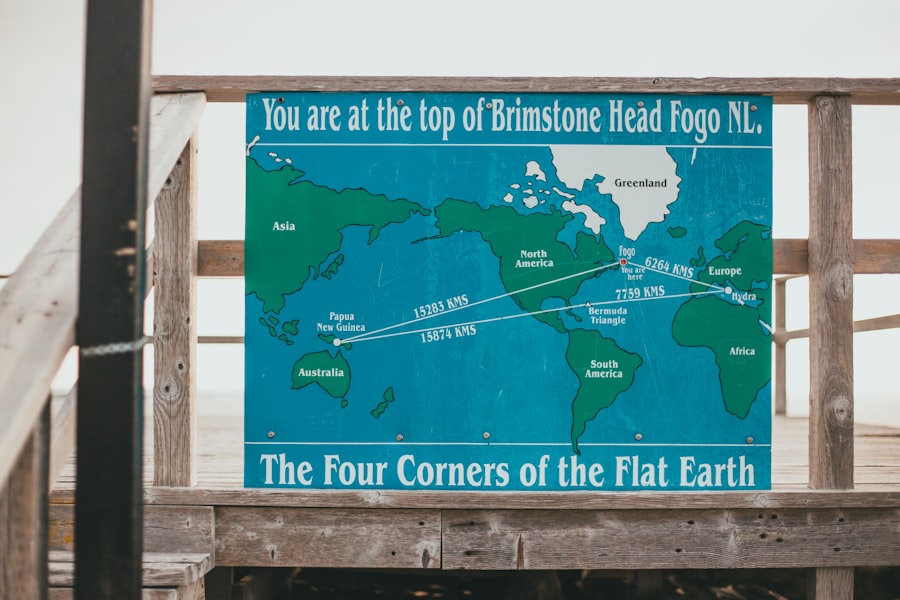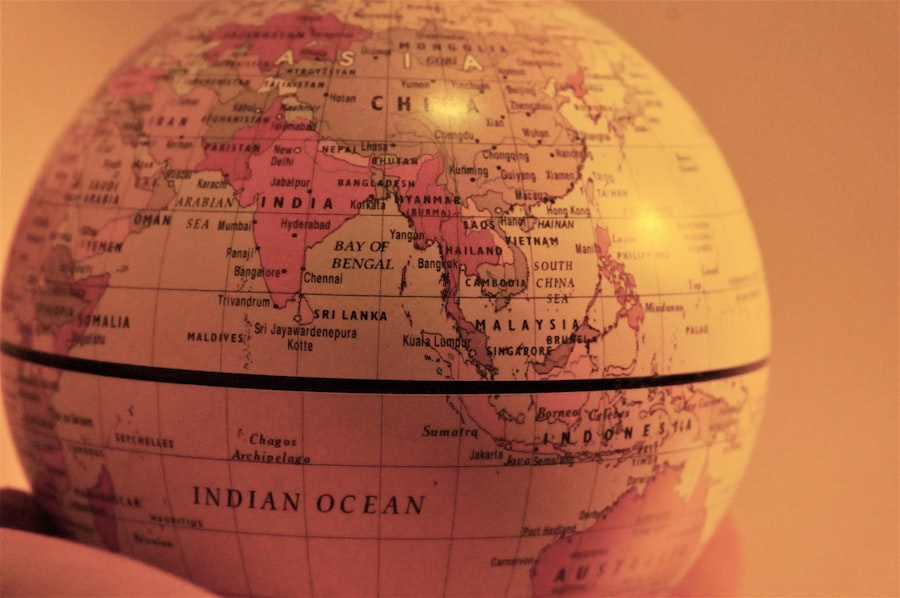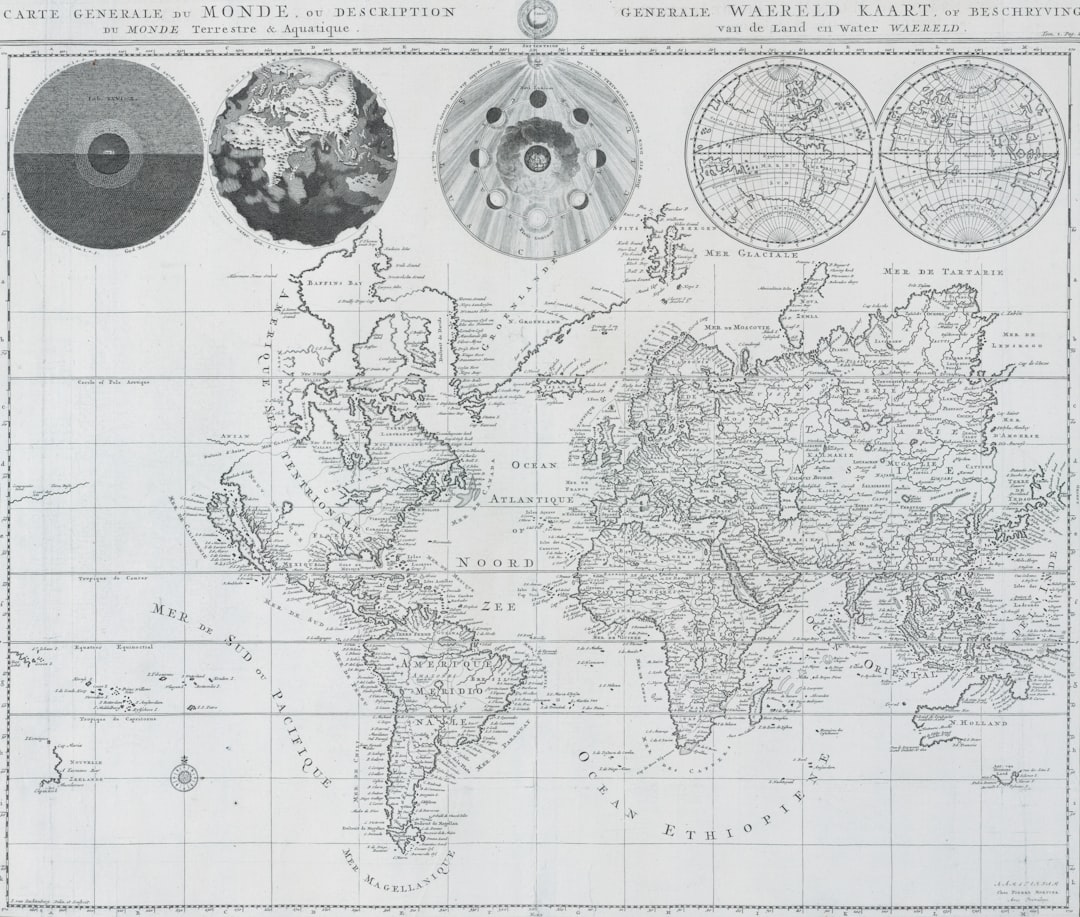The American West, a region steeped in history and natural beauty, has long captivated the imagination of those who venture into its vast landscapes. Stretching from the rolling hills of the Great Plains to the rugged peaks of the Rocky Mountains, this area is a tapestry of diverse ecosystems, rich cultural heritage, and breathtaking vistas. The allure of the West is not merely in its physical attributes but also in the stories it tells—tales of exploration, settlement, and the enduring spirit of those who have called it home.
From Native American tribes who have inhabited these lands for millennia to pioneers seeking new opportunities, the American West is a living testament to resilience and adventure. As one traverses this remarkable region, they encounter a myriad of environments, each with its own unique character and charm. The American West is not just a geographical location; it is a symbol of freedom, exploration, and the quest for a better life.
It embodies the dreams and aspirations of countless individuals who have sought to carve out their place in this vast expanse. The landscapes are as varied as the people who inhabit them, offering a rich tapestry that continues to inspire artists, writers, and adventurers alike.
Key Takeaways
- The American West is a region of diverse landscapes and natural wonders.
- The Rocky Mountains stand as a majestic backbone, shaping the landscape and providing breathtaking views.
- The Great Plains offer endless horizons and vast open spaces, creating a sense of freedom and tranquility.
- The Grand Canyon is a geological wonder, showcasing the power of erosion and the beauty of natural forces.
- The Pacific Coast is where land meets sea, creating a dynamic and captivating environment.
The Rocky Mountains: A Majestic Backbone
The Rocky Mountains rise majestically across the western United States, forming a formidable backbone that stretches over 3,000 miles from Canada to New Mexico. These mountains are not only a geographical feature but also a cultural icon, representing the rugged spirit of the American West. Towering peaks, some reaching over 14,000 feet, are adorned with snow-capped summits that glisten under the sun.
The Rockies are a playground for outdoor enthusiasts, offering endless opportunities for hiking, skiing, and rock climbing. Each season brings its own charm; in winter, the mountains transform into a wonderland of snow, while summer unveils lush meadows filled with wildflowers. Beyond their physical grandeur, the Rocky Mountains hold significant ecological importance.
They serve as a critical watershed for much of the western United States, providing water to millions of people and supporting diverse wildlife habitats. The range is home to an array of species, from majestic elk and bighorn sheep to elusive mountain lions. The interplay between the rugged terrain and the delicate ecosystems creates a dynamic environment that is both beautiful and vital.
As visitors explore this mountainous region, they are often struck by its raw beauty and the sense of peace that comes from being surrounded by such grandeur.
The Great Plains: Endless Horizons

Transitioning from the towering Rockies to the expansive Great Plains reveals a dramatic shift in landscape. The Great Plains stretch across several states, characterized by their vast open spaces and rolling hills that seem to stretch endlessly toward the horizon. This region is often referred to as “America’s breadbasket,” as it is one of the most fertile agricultural areas in the world.
Fields of wheat, corn, and soybeans dominate the landscape, painting a patchwork of greens and golds that change with the seasons. The Great Plains are not just about agriculture; they are also rich in history and culture, having been home to numerous Native American tribes and later European settlers. The beauty of the Great Plains lies in their simplicity and vastness.
The sky seems to stretch infinitely above, often adorned with dramatic cloud formations that can change in an instant. Sunsets here are particularly breathtaking, casting vibrant hues across the landscape as day gives way to night. The plains are also home to unique wildlife, including herds of bison that roam freely in protected areas.
For those who seek solitude and reflection, the Great Plains offer an unparalleled sense of space and tranquility, inviting visitors to connect with nature in its purest form.
The Grand Canyon: A Geological Wonder
| Aspect | Details |
|---|---|
| Location | Arizona, United States |
| Length | 277 miles |
| Width | 18 miles |
| Depth | Up to 6,000 feet |
| Age | Estimated 5-6 million years |
| Geological Formation | Layered bands of red rock |
One cannot discuss the American West without mentioning the Grand Canyon, one of the most iconic natural wonders in the world. Carved by the Colorado River over millions of years, this immense chasm stretches approximately 277 miles in length and plunges over a mile deep at its deepest point. The Grand Canyon is not just a visual spectacle; it is a geological marvel that reveals layers of rock dating back nearly two billion years.
Each stratum tells a story of Earth’s history, showcasing the forces of nature that have shaped this remarkable landscape. Visitors to the Grand Canyon are often left in awe of its sheer size and beauty. The interplay of light and shadow across its rugged walls creates a constantly changing panorama that captivates photographers and nature lovers alike.
Hiking trails wind along its rim and descend into its depths, offering various perspectives on this breathtaking site. Whether standing at the edge or exploring its inner recesses, one cannot help but feel a profound sense of wonder at the power of nature that has created such an extraordinary place. The Grand Canyon serves as a reminder of both Earth’s ancient past and its ongoing evolution.
The Pacific Coast: Where Land Meets Sea
The Pacific Coast is another jewel in the crown of the American West, where land meets sea in dramatic fashion. Stretching from California’s sun-kissed beaches to Oregon’s rugged coastline, this region is characterized by its stunning vistas and diverse ecosystems. Towering cliffs plunge into crashing waves, while sandy beaches invite relaxation and exploration.
The Pacific Ocean’s influence on this landscape creates a unique climate that supports lush forests and vibrant marine life. Along this coastline lies an array of national parks and protected areas that showcase its natural beauty. Places like Big Sur offer breathtaking views of steep cliffs overlooking the ocean, while coastal redwoods stand tall in ancient forests nearby.
The Pacific Coast is also rich in biodiversity; it is home to sea otters, seals, and an array of seabirds that thrive in this dynamic environment. For those who seek adventure or simply wish to bask in nature’s splendor, the Pacific Coast offers an experience unlike any other—a harmonious blend of land and sea that enchants all who visit.
The Great Basin: A Land of Contrasts

The Great Basin presents a striking contrast to both the Rocky Mountains and the Great Plains. This vast area encompasses much of Nevada and parts of Utah, Oregon, and California, characterized by its arid landscapes and unique geological features. Unlike many regions in the West that boast lush greenery or towering peaks, the Great Basin is defined by its desert-like conditions interspersed with mountain ranges and salt flats.
This stark beauty offers a different kind of allure—one that speaks to resilience and adaptation. Within this seemingly barren landscape lies a wealth of biodiversity. The Great Basin is home to unique flora and fauna adapted to survive in harsh conditions.
From sagebrush-covered hills to high desert valleys dotted with wildflowers during springtime, this region showcases nature’s ability to thrive even in adversity. Additionally, ancient lakes once filled these basins; remnants can still be seen today in the form of salt flats and marshes that attract migratory birds. For those willing to explore its hidden gems, the Great Basin reveals a world rich in contrasts—where desolation meets beauty and survival meets serenity.
The Colorado Plateau: A Tapestry of Color
The Colorado Plateau is another remarkable region within the American West known for its stunning geological formations and vibrant colors. Spanning parts of Arizona, Utah, Colorado, and New Mexico, this area is characterized by its mesas, canyons, and buttes that rise dramatically from the surrounding landscape. The interplay of red rock formations against blue skies creates a visual feast for visitors who come to explore its many national parks and monuments.
One of the most famous sites within the Colorado Plateau is Monument Valley, where iconic sandstone formations tower over vast desert plains. This area has deep cultural significance for Native American tribes who have lived here for generations. The colors found throughout this region are not just visually striking; they also tell stories of ancient geological processes that shaped the land over millions of years.
As sunlight shifts throughout the day, these colors transform—creating an ever-changing canvas that captivates artists and photographers alike.
The Sierra Nevada: Home to Giant Sequoias
The Sierra Nevada mountain range stands as one of California’s most treasured natural wonders, renowned for its towering peaks and ancient forests. Among these forests reside some of the largest living trees on Earth—the giant sequoias. These majestic giants can live for over 3,000 years and reach heights exceeding 300 feet.
Their sheer size evokes awe and reverence from all who encounter them. Visitors to Sequoia National Park are often struck by the grandeur of these trees as they walk among them on winding trails that weave through lush groves. The Sierra Nevada is not only home to giant sequoias but also boasts stunning alpine lakes, granite cliffs like those found at Yosemite Valley, and diverse wildlife habitats.
This region offers endless opportunities for outdoor activities such as hiking, camping, and rock climbing amidst breathtaking scenery. The Sierra Nevada serves as a reminder of nature’s incredible power—both in terms of scale and beauty—and continues to inspire those who seek solace within its ancient embrace.
The Cascade Range: Volcanic Peaks and Lush Forests
The Cascade Range stretches from Northern California through Oregon into Washington State—a chain of volcanic peaks that define much of the Pacific Northwest’s landscape. This region is characterized by its dramatic topography; towering volcanoes like Mount Rainier and Mount St. Helens dominate the skyline while lush forests blanket lower elevations.
The Cascades are not only visually stunning but also ecologically significant; they support diverse ecosystems ranging from temperate rainforests to alpine tundra. The volcanic activity that shaped this range has left behind unique geological features such as lava tubes and craters—remnants of past eruptions that continue to intrigue scientists today. Visitors flock to national parks like Mount Rainier National Park for hiking opportunities amidst breathtaking scenery or skiing during winter months on snow-covered slopes.
The Cascade Range embodies both beauty and power—a testament to nature’s ability to create awe-inspiring landscapes through volcanic forces over time.
The Mojave Desert: A Harsh and Beautiful Landscape
The Mojave Desert presents yet another facet of the American West—a landscape defined by extremes where life thrives against all odds. Spanning parts of California, Nevada, Utah, and Arizona, this arid region is characterized by its stark beauty—rolling sand dunes juxtaposed with rugged mountains create an otherworldly atmosphere that captivates visitors’ imaginations. Despite its harsh conditions—characterized by scorching temperatures during summer months—the Mojave Desert is home to an array of unique flora and fauna adapted for survival in such an environment.
Iconic Joshua trees dot the landscape alongside cacti species that thrive on minimal water resources while providing shelter for various wildlife species including desert tortoises and roadrunners. For those willing to explore its hidden treasures—such as hidden oases or vibrant wildflower blooms after rare rainfalls—the Mojave Desert reveals itself as both harsh yet beautiful—a testament to nature’s resilience.
The American West’s Enduring Allure
The American West remains an enduring symbol of adventure, exploration, and natural beauty—a region where diverse landscapes converge to create an unparalleled experience for all who visit. From majestic mountains like the Rockies to expansive plains teeming with life; from geological wonders like the Grand Canyon to coastal vistas along the Pacific Coast—the West offers something for everyone seeking connection with nature or inspiration from its rich history. As individuals traverse these varied terrains—each step taken echoes stories told through generations—they find themselves immersed not only in breathtaking scenery but also within narratives woven into every rock formation or river bend encountered along their journey through this remarkable land known as “the American West.” Its allure continues unabated—drawing adventurers from near and far—inviting them into its embrace where dreams are born amidst stunning landscapes waiting patiently for discovery once more.
The geographical scale of the American West is a topic that encompasses vast landscapes, diverse ecosystems, and a rich tapestry of cultural history. For those interested in exploring this subject further, an insightful article can be found on MyGeoQuest. This resource delves into the intricate details of the region’s geography, offering a comprehensive overview of its natural and human-made features. To read more about the geographical scale of the American West, visit the article on MyGeoQuest.
WATCH THIS! The Hidden Reason No One Can Invade America | A Geographical Analysis
FAQs
What is the geographical scale of the American West?
The geographical scale of the American West refers to the vast and diverse region that encompasses the western United States, including states such as California, Nevada, Arizona, Colorado, and others.
What are the major geographical features of the American West?
The American West is characterized by a variety of geographical features, including the Rocky Mountains, the Sierra Nevada mountain range, the Great Basin, the Mojave Desert, and the Colorado Plateau.
How does the geographical scale of the American West impact the region?
The geographical scale of the American West has significant impacts on the region, including influencing climate patterns, natural resources, and the types of economic activities that are viable in different areas.
What are some of the key environmental challenges facing the American West due to its geographical scale?
The American West faces environmental challenges such as water scarcity, wildfires, drought, and the impact of climate change, all of which are influenced by the region’s geographical scale.
How does the geographical scale of the American West contribute to its cultural and historical significance?
The vast and diverse geographical scale of the American West has played a significant role in shaping the region’s cultural and historical development, including its association with the frontier, Native American heritage, and the expansion of the United States.
